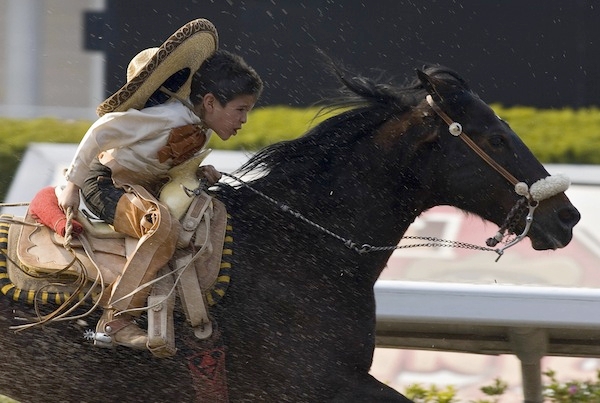There’s something gripping about a food scandal. The idea we could be inadvertently eating something taboo exercises a fascination on the public mind. But where has all the horsemeat in supermarket bolognese and burgers come from?
At the moment, attention inside government is focused on Romania and Mexico. Romania is in the frame because of a 2007 law banning animal-driven carts. This led to huge numbers of horses and donkeys being slaughtered. All this meat couldn’t be sold in country. The fear is that it has ended up crossing the European Union, with the label changing from horse to beef on the way.
There is another explanation — one that concerns environment secretary Owen Paterson so much that he has raised it with the food industry at both his summit meetings with them. This is that the start of the chain is actually in Mexico. How could that be? Well, in 2007, the Texas courts upheld a law banning horse slaughter. This, and a similar verdict in Illinois, meant that the last equine abattoirs in the United States shut up shop. But American horses were still killed for food. They just went down to Mexico to die.
A result of this was that imports to the EU of horsemeat from Mexico jumped from €1.3 million in 2006 to €11.8 million in 2007, peaking at €21.4 million in 2010. In 2012, their value is estimated to have been around €20 million. So Owen Paterson’s fear is that once the horsemeat is through customs and inside the single market, much of it is being passed off as beef. This ‘Mexican explanation’ is particularly alarming because American horses are far more likely to have been injected with drugs than Romanian donkeys.
The horsemeat fiasco has brought to light another important point: our daily government is, on so many issues, in Brussels.









Comments
Join the debate for just £1 a month
Be part of the conversation with other Spectator readers by getting your first three months for £3.
UNLOCK ACCESS Just £1 a monthAlready a subscriber? Log in